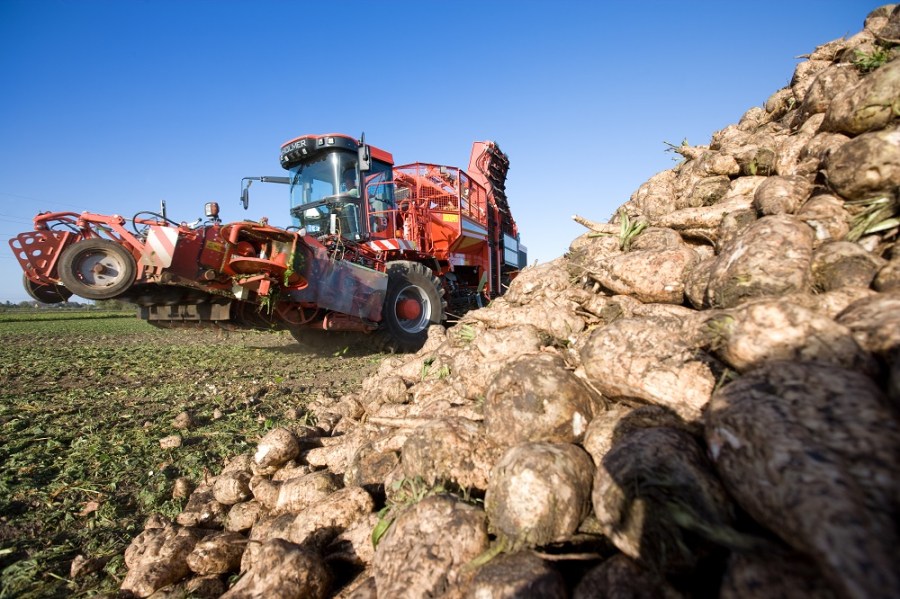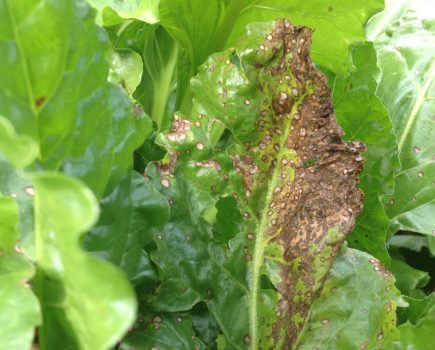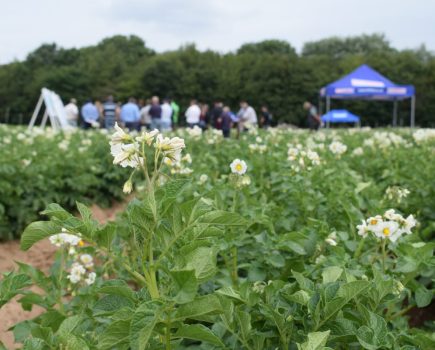Producing sugar beet in an era without quotas means hitting target tonnages is all important for growers. CPM look at the new varieties on offer for 2017.
One can budget on consistency but only gamble on the top yield.
By Lucy de la Pasture
As the EU heads into a more free-market situation in 2017, competitiveness is something few UK growers will have experienced before and with the French known to be planning an increase in production, survival of the fittest may come into play. Plant breeders have been making improvements that should help UK growers fight for their market share.
According to the BBRO and BSPB, the eight new varieties added to the 2017 Recommended (RL) and Descriptive (DL) List reflect the continued trend for higher yield in candidate varieties being put forward by breeders.
New varieties
Five new varieties have been added to the RL – two from KWS, Darnella KWS and Alisha KWS; two from Limagrain, BTS 260 and BTS 860 (bred by Betaseeds) and Firefly from SESVanderHave.
“It’s good to see the yield improvement that we’ve seen over the years is still continuing, with the established control varieties producing 113 adjusted t/ha in trials and the best new ones up to 5% more than those,” comments Mike May, Chairman of the RL Board.
Limagrain sugar beet consultant, Bram van der Have, believes that their offerings, BTS 860 and BTS 260, provide growers with higher output with reduced growing risks.
“Both varieties offer sugar beet growers an opportunity to raise yields and meet end-user requirements at a time when margins are squeezed and reduced inputs welcomed.”
BTS 860 is a rhizomania-tolerant variety, offering very high yield (adjusted tonnes) at 103.6% of controls, alongside one of the highest sugar contents on the RL of 18.4%, which makes it a very attractive variety for professional sugar beet growers looking to meet the high requirements of sugar processors, he claims.
BTS 860’s disease resistance reflects the key threats faced by UK sugar beet growers, he says, with a rating of 6 for rust and 5 for powdery mildew. The variety has also exhibited a very good tolerance for downy mildew.
Bram van der Have believes that downy mildew is a re-merging threat to a number of growers in certain parts of East Anglia, and that with no recommended chemical control options available, genetic resistance is crucial to help in combatting the effects of the disease.
“Downy mildew would appear to be seasonal and is associated with conditions of low temperature and high humidity. In the UK, high infection pressure has been observed over the past four years primarily associated with the chalky beet growing soils in the western part of East Anglia,” he explains.
Genetic-based tolerance
Genetic resistance to downy mildew is known and high genetic-based tolerance levels to this disease have been observed in six trials sponsored by the BBRO and BSPB in 2014 and 2015. The present range of commercially available Betaseed-bred varieties including BTS 860 and BTS 470, appear to exhibit tolerance to downy mildew and are among the best available, reckons Bram van der Have.
“An establishment score of 99% will give growers the confidence that BTS 860 has the vigour needed to get going, even in challenging situations. BTS 860 is likely to appeal to the vast majority of sugar beet growers who find crops perform best when drilled during the conventional early sugar beet drilling slot, which our Betaseed breeders define as from the 2nd week of March until the end of the drilling period,” he says.
BTS 860 offers a flexible drilling window and is suitable for early, normal and late sowing because of its low tendency to bolt, believes Bram van der Have.
“The UK beet-drilling survey indicates that, in a favourable year, less than 5% of the crop is drilled as “early” with no more than 15% drilled by mid-March. The average drilling date for the UK sugar beet crop has been 25 March for the past couple of years and has remained stable over time. It follows that for the vast majority of the UK beet crop, the bolting ratings from normal sowings are applicable to judge a variety’s growing risk.”
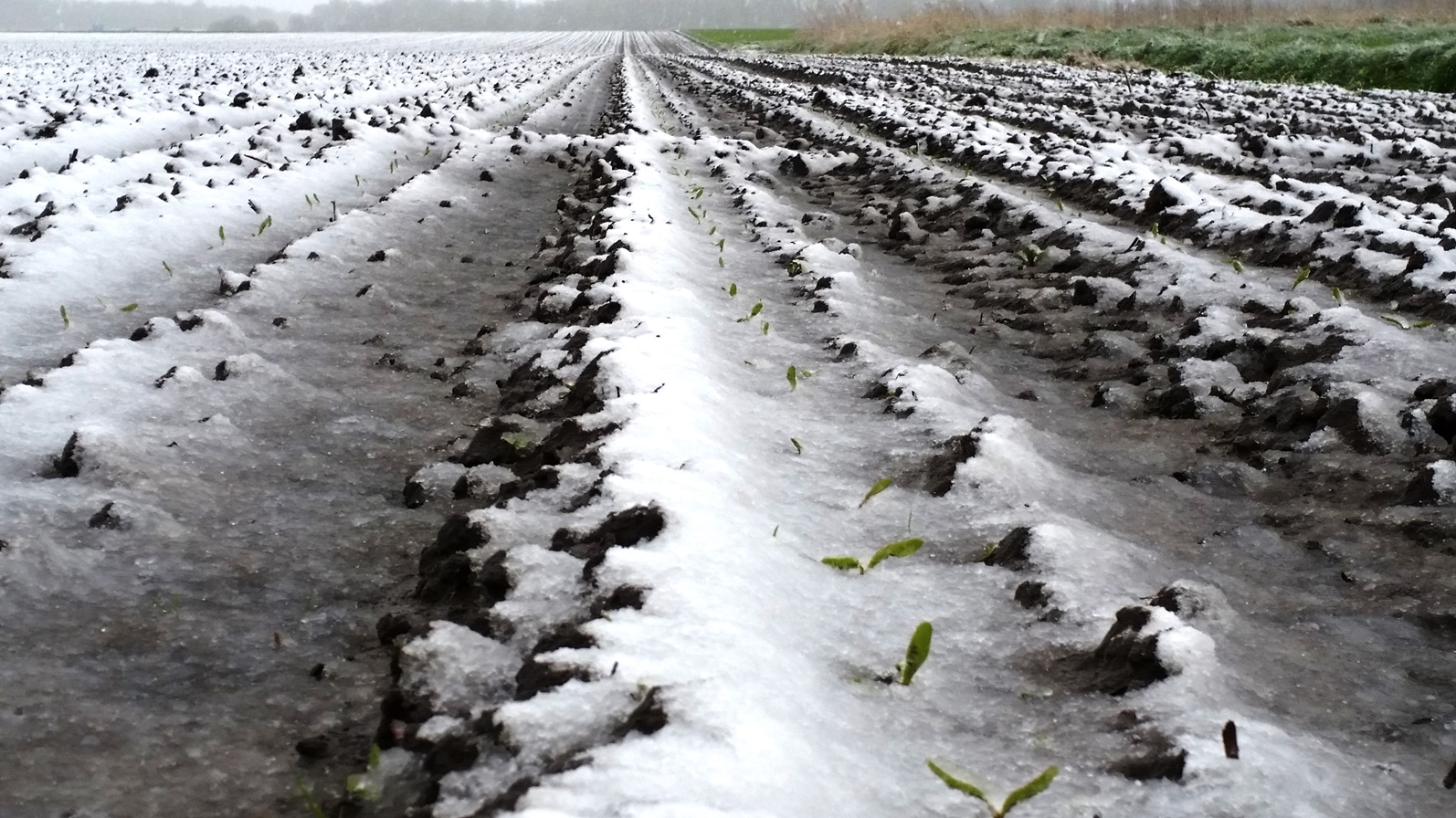
Bolting is likely to be an issue in parts of the country where early drilling was possible this spring.
Firefly from Sesvanderhave UK, is the best of the new additions for early sowing, with a bolting resistance second only to Haydn on the RL. Ian Munnery, director of Sesvanderhave UK, says BBRO’s decision to publish their three-
year full data set will help highlights any inconsistencies in the performance of a variety in different seasons.
Bolting is likely to be an issue in parts of the country where early drilling was possible this spring, he believes.
“This year, given the cold spring to date, Lincs in particular is likely to see some bolting. Over 10,000 bolters/ha is estimated at £300/ha cost for removal alone,” he says, and that’s before any potential yield and quality issues are taken into account. “The three-year bolting data explains why warnings against early sowing have been issued against a number of varieties.
“By maximising yields and minimising risks, Firefly gives the confidence that’s so essential when planning the variety sowing mix, especially in the current market. As well as trying new varieties, it’s equally important to use a proportion of proven, fully recommended varieties within that mix,” he points out.

Darnella KWS tops the yield rankings on the new RL and Simon Witheford believes the variety holds broad appeal.
Soil conditions have made drilling this year very challenging, adds Richard Robinson of Sesvanderhave UK. “Frosts and snow at the end of April really do highlight why we and growers pay so much attention to selecting lower bolting varieties like Firefly.”
Bram van der Have agrees consistency of performance is something growers should take into account when selecting varieties. “It’s is all very well to opt for today’s top yielder on the RL. But will it be next year’s too? Consistency in performance is equally, if not more important than topping the yield table. One can budget on consistency but only gamble on the top yield.”
Topping the list for yield (adjusted tonnes) is Darnella KWS with 119.28t/ha, that’s 105% of the mean of the control varieties (113.6t/ha) and KWS’ Simon Witheford believes the variety holds broad appeal.
“With an unbeatable yield and a sugar content of 18.1%, Darnella KWS will find a place on most farms. It has been a consistent performer across three contrasting trial seasons between 2013 and 2015.”
Downy mildew is a disease KWS also highlights as a growing problem, but the breeder’s confident that all its varieties have been found to show good resistance to it.
Downy mildew
“The BBRO has reported that, from trials assessed for downy mildew in 2015, KWS varieties appear resistant to downy mildew,” says Simon Witheford, KWS sugar beet development manager.
Darnella KWS is best drilled from mid-March onwards. “Given an average drilling date of mid-to-late March in recent seasons, this shouldn’t cause much concern,” adds Simon Witheford.
Also new to the RL for 2017 is Alisha KWS. With an adjusted yield of 104% of controls it’s just 1% behind Darnella KWS. It’s also best suited to the main drilling window and with the highest sugar content of any variety on the RL at 18.5%, it has a lot to offer growers as they move into the post-quota era, he believes.
“Alisha KWS manages to produce yield without sacrificing sugar content. It has no real weaknesses with respectable disease resistance scores for rust and powdery mildew of 7 and 5 respectively,” says Simon Witheford.
The second variety from Limagrain to gain RL approval is BTS 260, the second highest yielding variety to join the RL in 2017, offering 104.1% adjusted tonnes. BTS 260 has a robust set of disease resistances, offering a rating of 6 for
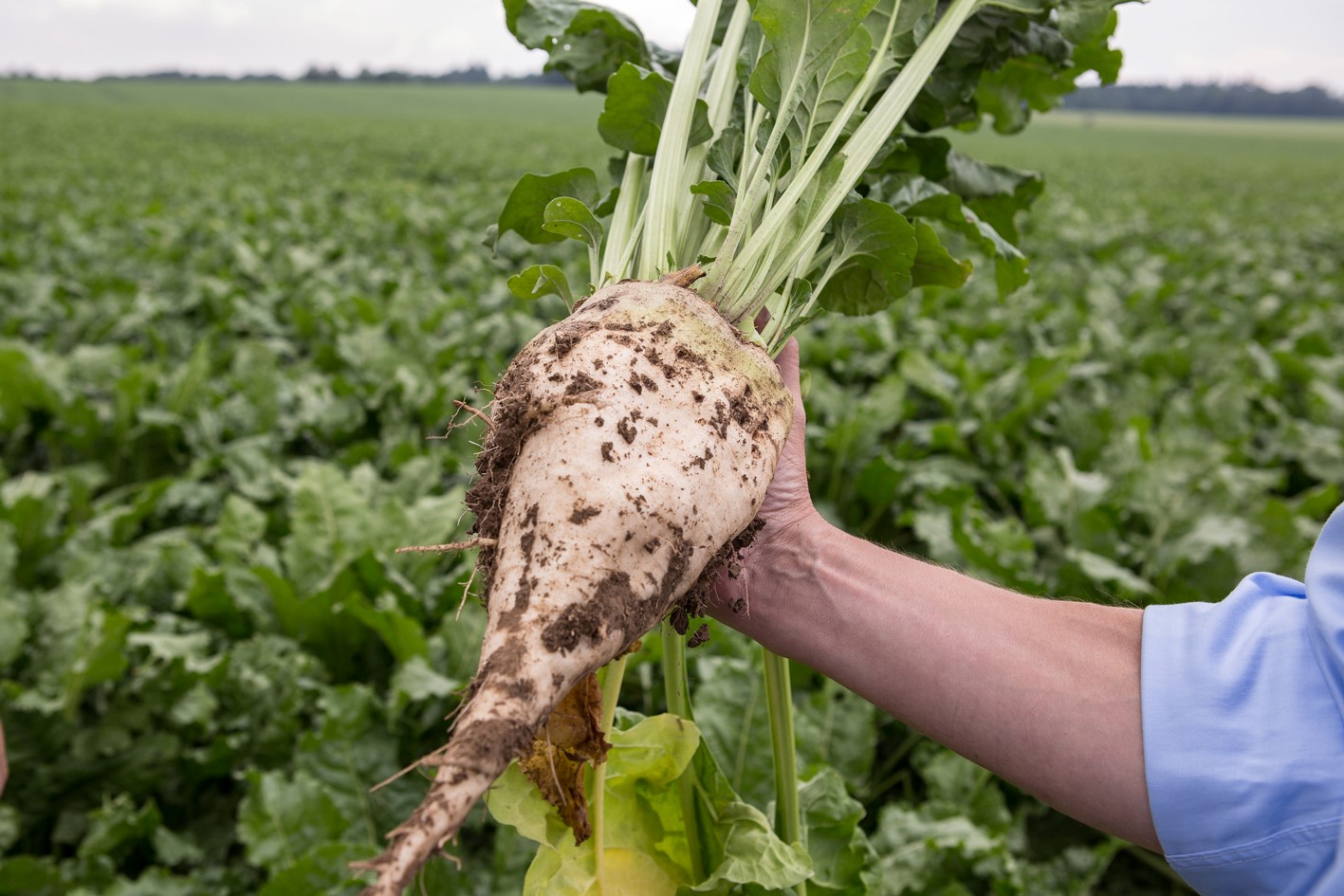
Davy is one of three new additions to the Descriptive List with tolerance to beet cyst nematode.
rust and 5 for powdery mildew, and again data would suggest very good tolerance for downy mildew, according to Bram van der Have, with the added advantage of rhizomania tolerance.
He suggests that BTS 260 is suitable for the normal and late sowing slot, which would be from mid-March onwards.
BCN-tolerant varieties
The three new BCN-tolerant varieties have been added to the Descriptive List (DL) and come from three different companies; Cantona KWS from KWS, Davy from Strube and Flixter from Syngenta.
“The yield results on the DL are in the absence of BCN and show that the best varieties are now virtually on a par with the RL varieties,” advises Mike May. “However, before selecting these, growers should discuss options with the BBRO and breeders who’ll have more information on their performance in the presence of the pest.”
Perhaps of most interest of the three is Cantona KWS, which with an adjusted yield of 104.3% of controls, is less than 1% behind the highest yielding variety Darnella KWS.
“In addition to being the second highest yielding variety available, it’s BCN tolerant and is suited to the early drilling slot. It has no real disease weaknesses with respectable scores of 6 and 5 for rust and powdery mildew respectively. Cantona KWS is probably the best variety in the UK,” reckons Simon Witheford.

